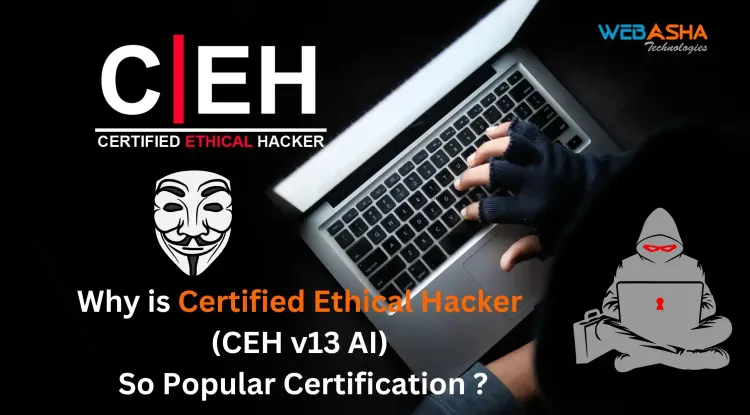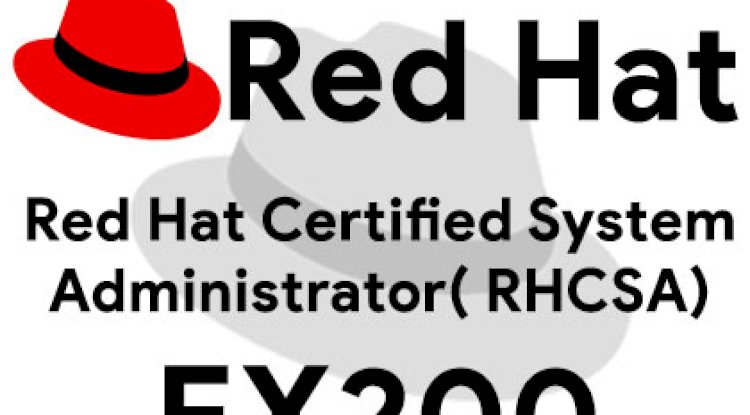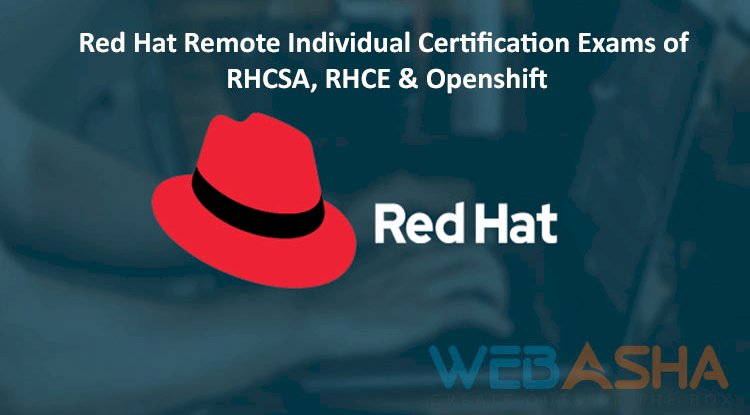What Makes Up a Strong Cybersecurity Ecosystem in Today’s Digital World? | The Detailed Guide
The cybersecurity ecosystem is an integrated framework of tools, people, and strategies designed to protect businesses and individuals from cyber threats. It includes key elements like network and endpoint security, identity management, cloud and application security, and risk compliance. Top tools from companies like Microsoft, Splunk, Zscaler, and Orca Security help organizations detect, prevent, and respond to evolving cyberattacks. From small businesses to large enterprises, a strong cybersecurity ecosystem ensures data privacy, regulatory compliance, and operational resilience in today’s digital landscape.
Introduction
In today’s digital world, cybersecurity is more important than ever. Organizations face constant threats from cybercriminals, making it crucial to have a strong cybersecurity strategy. The cybersecurity ecosystem consists of various components, including network security, endpoint protection, identity management, cloud security, and risk compliance.
This blog explores the different sectors of the cybersecurity ecosystem, their importance, and the leading tools used by professionals to secure businesses and individuals from cyber threats.
What is the Cybersecurity Ecosystem?
The cybersecurity ecosystem is a collection of technologies, solutions, and strategies designed to protect digital assets from cyber threats. It includes various tools and frameworks that work together to prevent, detect, and respond to cyberattacks.
Each component of the ecosystem plays a critical role in securing networks, applications, and data against evolving threats.
Key Components of the Cybersecurity Ecosystem
The cybersecurity ecosystem consists of multiple layers of protection. Below, we break down the major categories and the top companies providing solutions in each area.
1. People: SecOps, SIEM, and Identity Management
This category includes Security Operations (SecOps), Security Information and Event Management (SIEM), and identity authentication to ensure authorized access and monitor security events.
Top Solutions:
-
SIEM & Security Operations: Splunk, Devo, Panther, Securonix
-
Identity & Access Management: Microsoft, Okta, 1Password, JumpCloud
-
Security Consulting & Incident Response: Accenture, Optiv, Deloitte
Real-World Use Case:
A large financial institution uses Splunk SIEM to monitor and detect anomalies in real-time, preventing unauthorized access and stopping insider threats.
2. Network Security and Secure Access Service Edge (SASE)
Network security protects systems from unauthorized access, while SASE (Secure Access Service Edge) integrates security features into cloud services for better control.
Top Solutions:
-
Network Security: Palo Alto Networks, Fortinet, Check Point
-
SASE: Zscaler, Cato Networks, Netskope
Real-World Use Case:
A global tech firm implemented Zscaler SASE to secure remote employee access, reducing cyber risks while improving network speed and efficiency.
3. Hardware Security: Endpoint & IoT Protection
Endpoint security protects individual devices like laptops, smartphones, and servers, while IoT (Internet of Things) security ensures that connected devices are not vulnerable to cyber threats.
Top Solutions:
-
Endpoint Security: Microsoft Defender, Trend Micro, Trellix
-
IoT Security: Armis, Claroty, Dragos
Real-World Use Case:
A manufacturing company deployed Dragos IoT security to protect its industrial control systems from ransomware attacks targeting factory automation.
4. Cloud Security & Application Security (AppSec)
With the rise of cloud computing, cloud security ensures that data stored in remote servers is secure. AppSec (Application Security) protects software from vulnerabilities.
Top Solutions:
-
Cloud Security: Sysdig, Orca Security, Wiz
-
Application Security: Checkmarx, Synopsys, Veracode
Real-World Use Case:
A SaaS company uses Orca Security to detect misconfigurations in cloud environments, reducing data breach risks.
5. Data Security, Risk, and Compliance
Data security ensures that sensitive information is protected. Risk management identifies potential vulnerabilities, while compliance solutions help businesses follow legal cybersecurity regulations.
Top Solutions:
-
Data Security: Abnormal, Mimecast, Drata
-
Risk & Compliance: OneTrust, Vanta, RSA
Real-World Use Case:
A healthcare provider uses OneTrust to comply with HIPAA regulations, ensuring that patient data remains confidential and secure.
Why is a Strong Cybersecurity Ecosystem Important?
With cyber threats evolving every day, a robust cybersecurity ecosystem helps organizations:
✅ Prevent Data Breaches – Stop hackers from stealing sensitive data.
✅ Improve Regulatory Compliance – Ensure businesses follow industry laws and standards.
✅ Enhance Threat Detection – Identify cyber threats in real time.
✅ Strengthen Business Continuity – Reduce downtime from cyber incidents.
Without a comprehensive cybersecurity strategy, businesses risk severe financial loss, reputational damage, and legal consequences.
Conclusion
The cybersecurity ecosystem is a complex but essential network of tools and strategies that protect businesses from cyber threats. By leveraging solutions in network security, cloud protection, endpoint security, and compliance, organizations can defend against cyberattacks more effectively.
Cyber threats are constantly evolving, and staying updated with the latest cybersecurity technologies is crucial for individuals and businesses alike. Investing in a well-rounded cybersecurity ecosystem ensures long-term digital safety.
FAQs
What is a cybersecurity ecosystem?
It’s a network of tools, technologies, and practices that work together to protect digital assets from cyber threats.
Why is cybersecurity important?
It safeguards sensitive information, ensures business continuity, and prevents financial and reputational loss.
What are the main components of the cybersecurity ecosystem?
Key components include network security, endpoint protection, identity management, cloud security, application security, and risk compliance.
How does network security help in cybersecurity?
It prevents unauthorized access and secures internal networks from external threats.
What is SASE in cybersecurity?
Secure Access Service Edge (SASE) merges networking and security into a unified cloud-delivered service.
Which tools are popular for SIEM?
Top SIEM tools include Splunk, Devo, Panther, and Securonix.
What is the role of identity and access management (IAM)?
IAM ensures that only authorized individuals can access specific systems or data.
How does endpoint security protect businesses?
It defends devices like laptops and phones from malware, ransomware, and other threats.
What is IoT security?
IoT security protects internet-connected devices like sensors, cameras, and smart machines from cyber risks.
What tools are used for endpoint protection?
Popular tools include Microsoft Defender, Trend Micro, and Trellix.
Why is cloud security essential today?
As businesses shift to cloud platforms, cloud security protects data stored remotely from breaches and misconfigurations.
What tools are used for cloud security?
Top tools include Sysdig, Orca Security, and Wiz.
What is application security (AppSec)?
AppSec focuses on identifying and fixing vulnerabilities in software applications.
What are the top tools for AppSec?
Commonly used tools include Checkmarx, Synopsys, and Veracode.
How does data security help an organization?
It ensures sensitive data is encrypted, stored securely, and accessible only to authorized users.
What is the role of compliance in cybersecurity?
Compliance ensures organizations meet industry regulations like HIPAA, GDPR, or PCI-DSS.
Which tools assist with risk and compliance management?
Popular tools are OneTrust, Vanta, and RSA.
What is the function of Security Operations (SecOps)?
SecOps focuses on monitoring, detecting, and responding to cyber threats efficiently.
What is SIEM used for?
Security Information and Event Management (SIEM) collects and analyzes data to detect suspicious activity.
How can small businesses improve cybersecurity?
By adopting affordable solutions in endpoint, cloud, and identity protection, small businesses can enhance security.
Can cloud misconfigurations lead to breaches?
Yes, improperly configured cloud environments can expose sensitive data to attackers.
How does Zscaler help secure remote workforces?
Zscaler provides secure access to applications and data from any location, ensuring safe remote work.
What industries benefit most from cybersecurity ecosystems?
Every industry benefits, but finance, healthcare, and tech face the highest risk and require robust systems.
How does threat detection work?
Threat detection uses tools like SIEM and AI to identify unusual behavior and alert security teams.
What is the future of cybersecurity?
Future trends include AI-driven threat detection, zero-trust architecture, and advanced cloud security.
Why is real-time monitoring critical in cybersecurity?
Real-time monitoring helps detect and respond to threats before they cause damage.
What’s the role of consulting firms in cybersecurity?
Firms like Accenture and Deloitte provide expert guidance, incident response, and risk assessments.
How do ransomware attacks affect businesses?
They can encrypt data, halt operations, and demand large payments, often leading to major losses.
How often should cybersecurity policies be updated?
Regularly—at least annually or whenever significant tech changes occur.
How can training improve cybersecurity?
Educating staff reduces the risk of phishing, weak passwords, and other human-related breaches.













![Top 10 Ethical Hackers in the World [2025]](https://www.webasha.com/blog/uploads/images/202408/image_100x75_66c2f983c207b.webp)

![[2025] Top 100+ VAPT Interview Questions and Answers](https://www.webasha.com/blog/uploads/images/image_100x75_6512b1e4b64f7.jpg)








